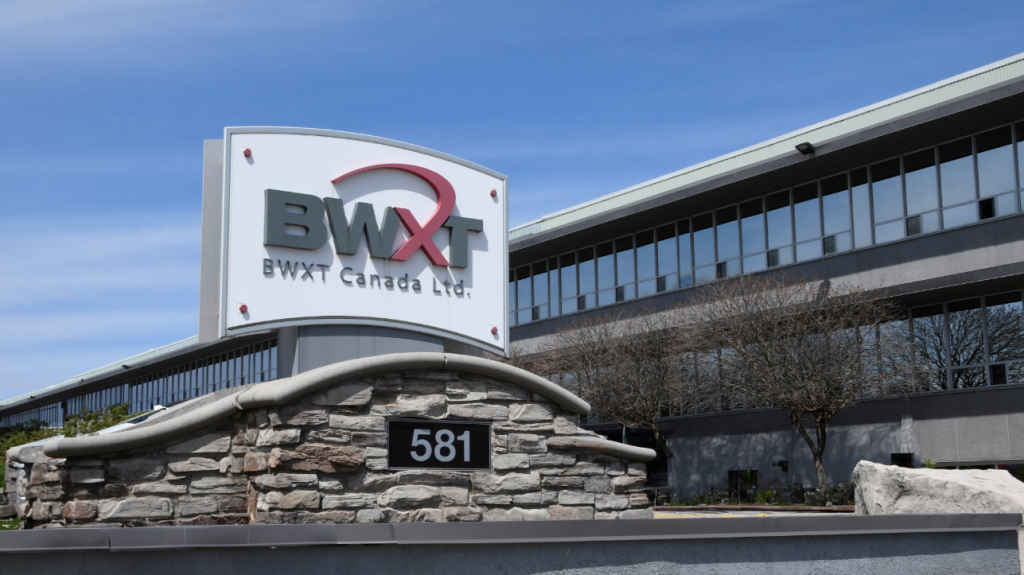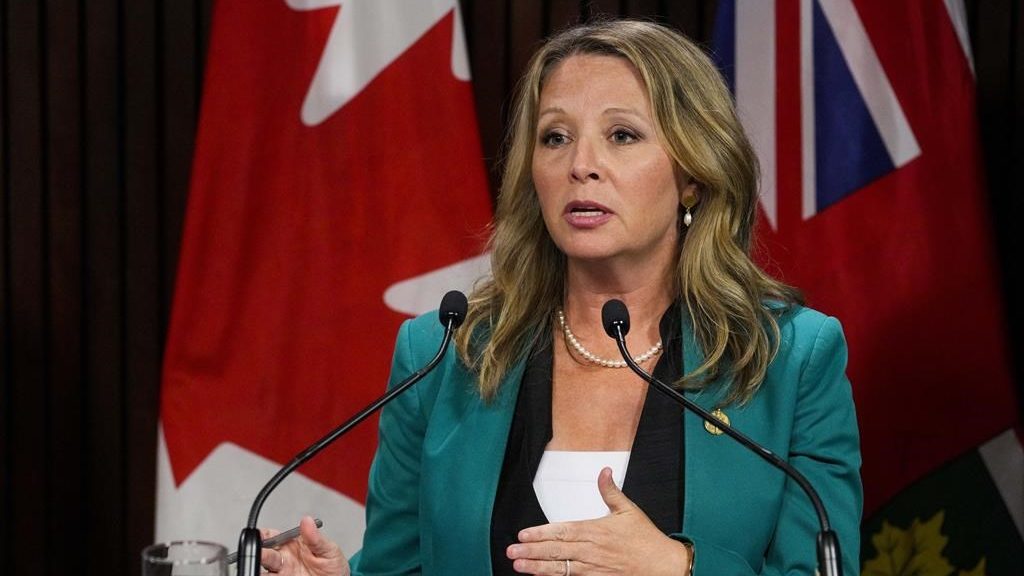Cities like Springfield struggle to combat urban blight
Posted Jan 22, 2019 01:37:02 PM.
This article is more than 5 years old.
SPRINGFIELD, Mass. — In the wealthy Boston suburbs, housing prices are skyrocketing and affordable housing is hard to find, even for working families.
But travel west to Springfield, and the picture is different.
Housing prices, measured by median price per square foot, are among the lowest in the state. Nine per cent of buildings are vacant. Nearly 40,000 residents — more than a quarter of the city’s population — live in areas where poverty rates are above 40 per cent, according to a recent report by the MassINC think-tank .
“Springfield has a level of concentrated poverty that looks like New Orleans before Hurricane Katrina,” said Ben Forman, research director of MassINC.
Springfield has some of Massachusetts’ most blighted neighbourhoods, but its problem is not unique. The report found that many of Massachusetts’ Gateway Cities — struggling cities with the potential to anchor regional economies — are suffering from blight. Neighborhoods have high vacancy rates and many dilapidated buildings.
The new report suggests that more federal and state funding, state regulatory changes and municipal attention are all needed to improve Massachusetts’ poorest neighbourhoods.
Forman said state politicians often focus on the need to build more affordable housing in eastern Massachusetts. “We don’t really think about policies needed in Springfield and Holyoke where few people are struggling to find affordable housing, but people are concerned about the vacant home in their neighbourhood that’s pulling down everyone’s property value,” Forman said.
Blight is caused by a variety of factors.
Geraldine McCafferty, director of housing for the city of Springfield, said prices in the city are still lower than before the 2007 foreclosure crisis. When prices do not rise, people are more likely to owe more in mortgage payments than their house is worth, and owners and investors are more likely to walk away from a house.
McCafferty said during the foreclosure crisis, a number of properties were foreclosed on and became vacant. Banks often leave these properties sitting empty for a long time, especially if they have little value.
Many Springfield homes have murky titles, and if the legal ownership is unclear, the house cannot be sold. This could happen if a foreclosure is done incorrectly, if a house transferred without proper paperwork or if someone dies and heirs cannot be located.
Homes left abandoned can quickly become run down.
These blighted neighbourhoods tend to be occupied by those without money to leave.
“What we find is that a lot of the health issues and educational issues and issues with the physical locations tend to centre on places where the majority of residents are not just poor but way below the average poverty line,” said Michael Moriarty, executive director of OneHolyoke Community Development Corporation, which focuses on improving quality of life in poor neighbourhoods. “Holyoke has a number of these neighbourhoods of concentrated poverty.”
The result, Moriarty said, is a lack of investment in the area, since there is a concentration of residents who do not have the money to build up their neighbourhood.
According to the MassINC report, 10 per cent of Holyoke buildings are vacant, and more than 10,000 residents — like Springfield, about a quarter of the population — live in areas of concentrated poverty.
Another city with large neighbourhoods of concentrated poverty is Worcester, where more than 22,000 residents, about 12 per cent of the city’s population, live in census tracts where more than 40 per cent of people are poor.
While the price of a Boston home rose by 46 per cent between 2006 to 2018, the price of a home in Worcester fell by 15 per cent. The vacancy rate in Worcester rose from 5 per cent to 9 per cent between 2000 and 2017.
Statewide, more than 160,000 Massachusetts residents are living in high-poverty neighbourhoods, one-third of them in Boston and the rest in Gateway Cities. In many of these cities, the number of vacant homes is rising, and housing values remain below pre-recession levels, according to the report.
There are programs that help communities combat blight, but advocates say funding has been cut over the years.
The main tool communities use to pay for rehabilitating abandoned buildings is federally funded Community Development Block Grants. In 1980, Gateway Cities were getting more than $130 million in grants, measured in 2018 dollars. By 2018, Gateway Cities were getting just $34 million in Community Development Block Grant funding.
Some additional federal money was allocated during the foreclosure crisis, but that has since dried up.
Moriarty said the Holyoke CDC has helped provide home ownership to 160 homebuyers since 1974 through its work rehabilitating blighted homes and making them available to first-time homebuyers — but only a dozen of those units were produced after 2008. “The resources have typically come from the federal government . . . and they have been half of what they were in 2008 for many, many years,” Moriarty said. “That means we have the capacity to do half the work we used to be able to do.”
Some state programs have provided grants to help with specific rehabilitation projects in places like Fall River and Brockton.
Local governments, which are affected by local factors and changes in state spending, have also been spending less on public works projects. According to MassINC, spending on public works in Springfield dropped by 56 per cent between 2003 and 2017.
Local communities are trying to address the problem of blight.
“It’s a significant enough problem that we’ve had to have multiple strategies and resources focused on it for quite a few years,” McCafferty said.
In Springfield, McCafferty said the city has recently been filing up to 100 receivership cases a year. When an owner does not repair a property, the city can ask the Housing Court to appoint a receiver, who can do repairs, then take ownership. Receivership cases can also spur owners to repair a building.
Over the last decade, Springfield made an effort to demolish a backlog of properties under court order, many of which had been destroyed by fire.
The city can also foreclose on abandoned properties when owners do not pay taxes, then auction them off. McCafferty said there has been some federal money provided over the years to buy and rehabilitate foreclosed properties.
The Gateway City caucus in the state Legislature, led by Sen. Eric Lesser, D-Longmeadow, plans to promote a bill this session, sponsored by Sen. Brendan Crighton, D-Lynn, and Rep. Antonio Cabral, D-New Bedford, that would implement the MassINC report’s recommendations relating to state regulatory policy.
For example, it would create a commission to consider updating building codes. Today, if someone spends more than 30 per cent of a property’s value on renovations, that triggers a requirement that the building be brought fully up to code.
That means doing modest renovations on a $90,000 home in Springfield triggers the requirement, but doing the same renovations on a comparable home in Somerville does not, because the housing values are higher. So property owners in Springfield may not make even small improvements, because they will then have to bring the property fully up to code.
“There’s obviously good reasons for code enforcement, but we need to think through a different threshold or way it’s triggered that’s not structurally unfair to these communities that experience very low property values and concentrated blight issues,” Lesser said.
The bill would change zoning regulations to make it easier for communities to do “spot zoning,” where a community wants to rezone one building for a particular use — for example, letting someone open a beauty salon in a formerly blighted home.
It would also look at ways to leverage school building authority aid and figure out how to use major investments in local schools to revitalize the surrounding area.
“These are changes we can make . . . that will make the machinery of local government work better,” Lesser said.
The report asks Gov. Charlie Baker’s administration to earmark $10 million annually from a housing bond bill for neighbourhood stabilization. It asks state government to consider new ways to help communities with commercial redevelopment.
A spokeswoman for the Department of Housing and Economic Development said the administration will review the report.
The report also suggests local officials do things like regularly inspect rental properties and effectively acquire and dispose of city-owned property.
___
Online: https://bit.ly/2RUpF0f
Shira Schoenberg, The Associated Press










